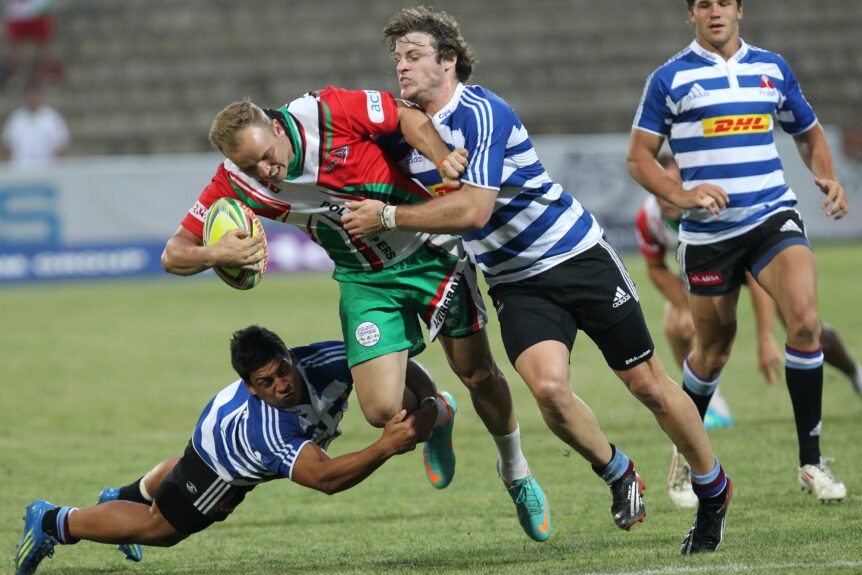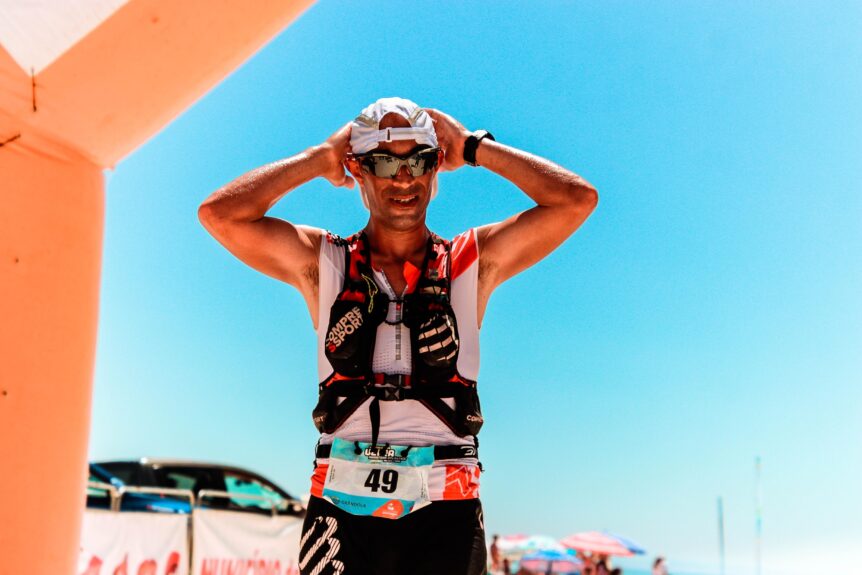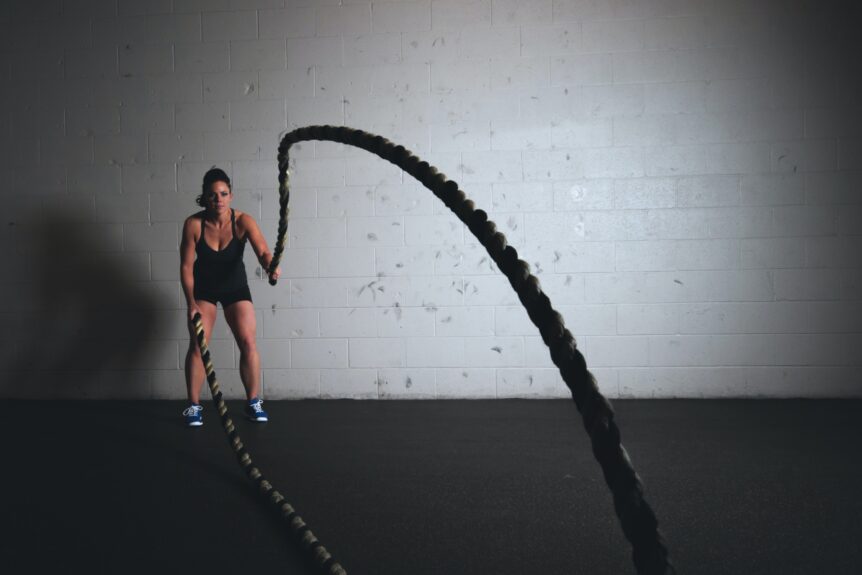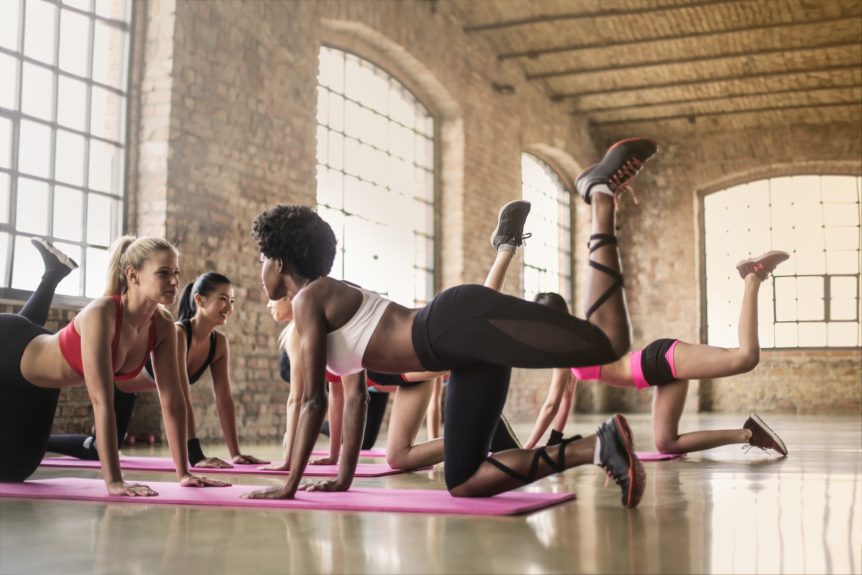Kawasaki, T., Kawakami, Y., Nojiri, S. et al. Sports Med – Open 9, 95 (2023) This study aimed to identify the risk factors for tackle-related concussion observed in matches involving under (U) 18, U 22 and professional men’s Rugby Union players through video analysis. Study Design- Descriptive epidemiology study. Twenty Rugby Union matches each for high school (U18), university/college (U22) and professional …
The association of adolescent fitness with cardiometabolic diseases in late adulthood: A 45‐year longitudinal study
Laakso, P. T. T., Ortega, F. B., Huotari, P., Tolvanen, A. J., Kujala, U. M. & Jaakkola, T. T. Scand. J. Med. Sci. Sports (2023). doi:10.1111/sms.14529 The aim of this study was to examine the associations of adolescent cardiorespiratory fitness (CRF), muscular fitness (MF), and speed-agility fitness (SA) with middle-aged cardiometabolic disease risk and explore sex differences. This 45-year prospective …
Review of the scientific rationale, development and validation of the International Olympic Committee Relative Energy Deficiency in Sport Clinical Assessment Tool: V.2 (IOC REDs CAT2)—by a subgroup of the IOC consensus on REDs
Stellingwerff T, Mountjoy M, McCluskey WT, et al. British Journal of Sports Medicine 2023;57:1109-1118. Relative Energy Deficiency in Sport (REDs) has various different risk factors, numerous signs and symptoms and is heavily influenced by one’s environment. Accordingly, there is no singular validated diagnostic test. This 2023 International Olympic Committee’s REDs Clinical Assessment Tool—V.2 (IOC REDs CAT2) implements a three-step process of: (1) initial screening; (2) severity/risk …
A Systematic Review on the Effectiveness of Eyewear in Reducing the Incidence and Severity of Eye Injuries in Racket Sports
James F.D. Mazarelo, Samantha L. Winter & Daniel T.P. Fong (2023) The Physician and Sports medicine, ahead of print To assess what eyewear (if any) reduces eye injury incidence and severity in squash, racketball, tennis and badminton. Systematic review following the ‘Preferred Reporting Items for Systematic Reviews and Meta-Analyses’ (PRISMA) and the ‘implementing Prisma in Exercise, Rehabilitation, Sport medicine and …
Menstrual cycle characteristics, perceived impact on performance, and barriers to communication: Perspectives of high‐performance adolescent athletes in Singapore.
Taim, B. C. et al. Scand. J. Med. Sci. Sports (2023) The purpose of this study was to examine the menstrual cycle (MC) characteristics, explore the impact on performance, and identify barriers to and facilitators of MC-related communication among high-performance female adolescent athletes in Singapore. Ninety athletes (15.4 ± 1.8 years) from multiple sports completed an online questionnaire. Eighty-four athletes were postmenarcheal (menarcheal …
The Fine-Tuning Approach for Training Monitoring
Boullosa, D. et al. Int. J. Sports Physiol. Perform. 1–6 (2023) Monitoring is a fundamental part of the training process to guarantee that the programmed training loads are executed by athletes and result in the intended adaptations and enhanced performance. A number of monitoring tools have emerged during the last century in sport. These tools capture different facets (eg, psychophysiological, physical, …
The Psychology of Athletic Tapering in Sport: A Scoping Review
Stone, M. J. et al. Sports Med 53, 777–801 (2023). Abstract Taper is a common training strategy used to reduce fatigue and enhance athletic performance. However, currently, no review has summarised what psychological research has been conducted examining taper, what this research shows and what future research needs to be undertaken to extend the field. Consequently, a scoping review was …
Benefits and barriers to physical activity among African women: A systematic review
Obit et al, Sports Medicine and Health Sciences, 5 (2023), 59-66. Black women have always been likened to being a less physically active group compared to women of other races/ ethnicity, with reports of a high prevalence of obesity and other cardiometabolic diseases among them. The purpose of this study is to examine the health benefits of physical activity on …
Direct and indirect impact of low energy availability on sports performance
Melin, A. K. et al. Scand J Med Sci Spor (2023) Abstract Low energy availability (LEA) occurs inadvertently and purposefully in many athletes across numerous sports; and well planned, supervised periods with moderate LEA can improve body composition and power to weight ratio possibly enhancing performance in some sports. LEA however has the potential to have negative effects on a …
Screening for pelvic floor symptoms in exercising women: a survey of 636 health and exercise professionals
Dakic et al, Journal of Science and Medicine in Sport 26 (2023) 80–86 ABSTRACT Objectives: This study aimed to establish health and exercise professionals’ (i) current practice of screening for pelvic floor (PF) symptoms in women within sports/exercise settings (ii) between-professional group differences in screening practice (iii) confidence and attitudes towards screening for PF symptoms and (iv) barrier/enablers towards engagement …










